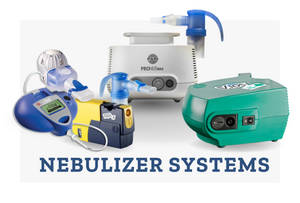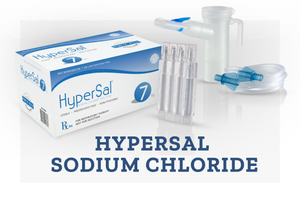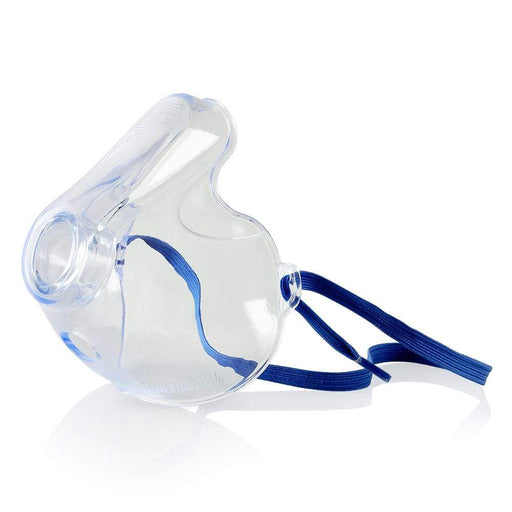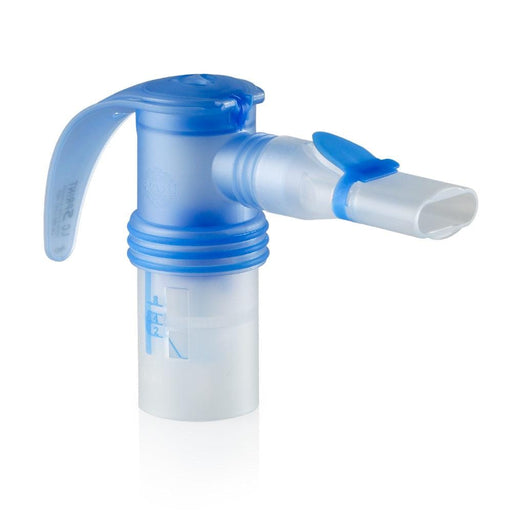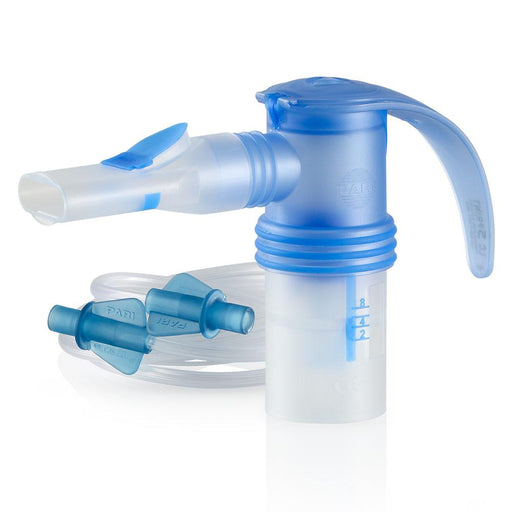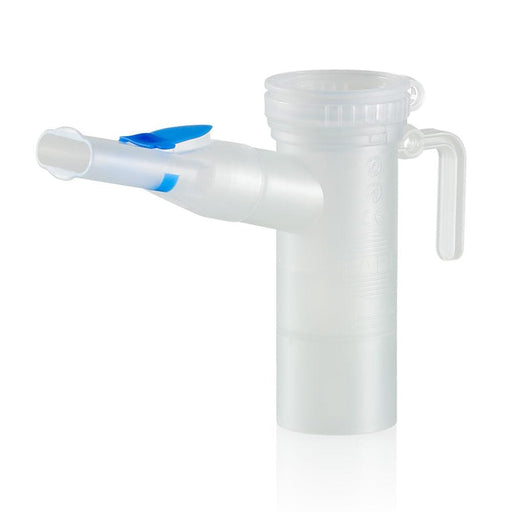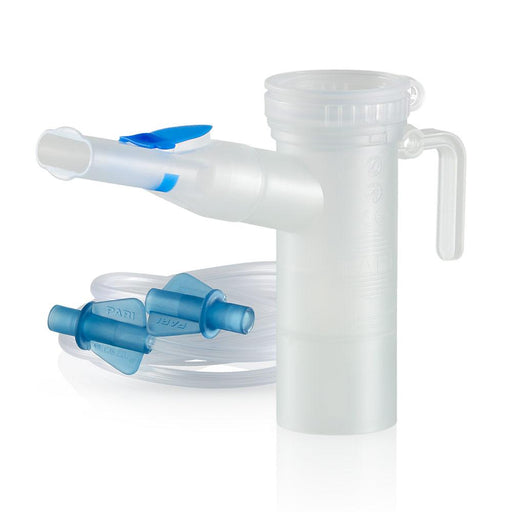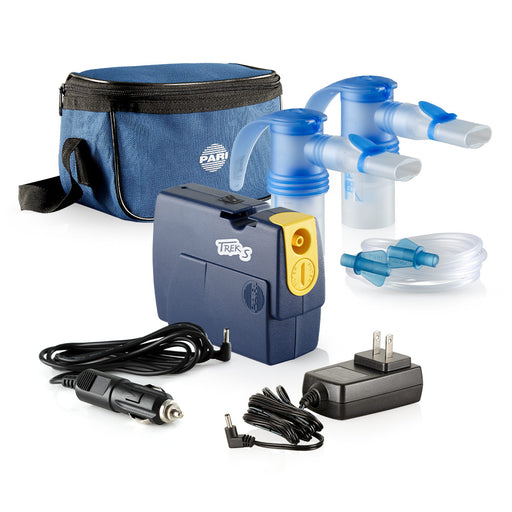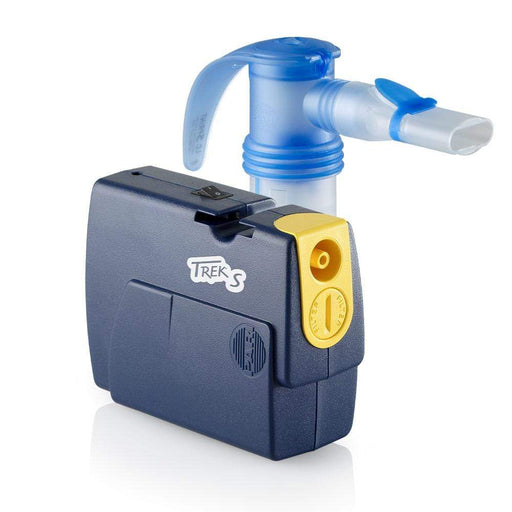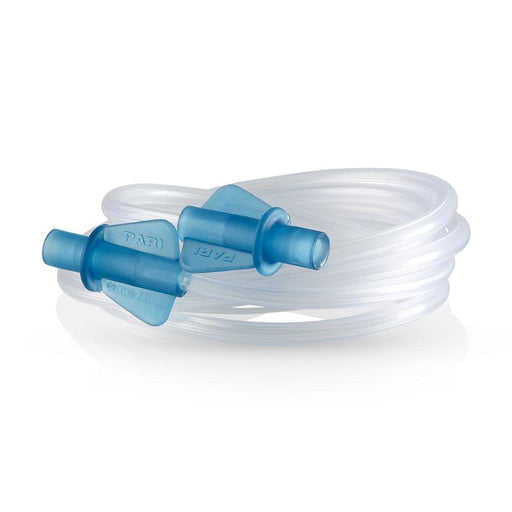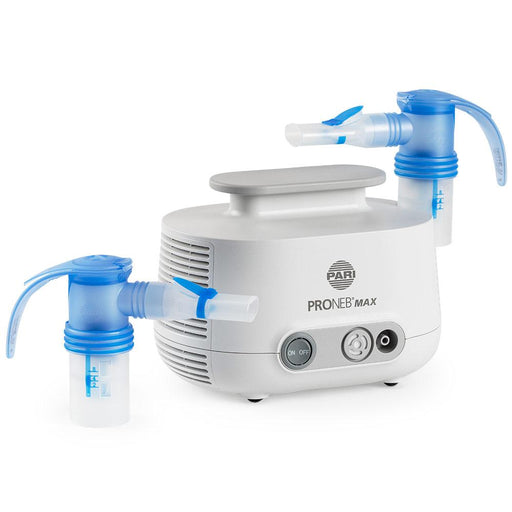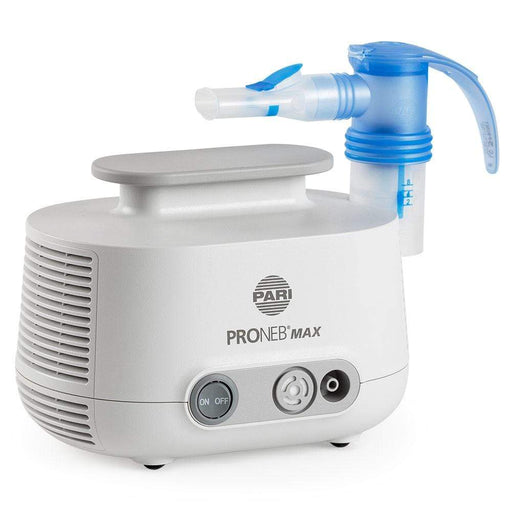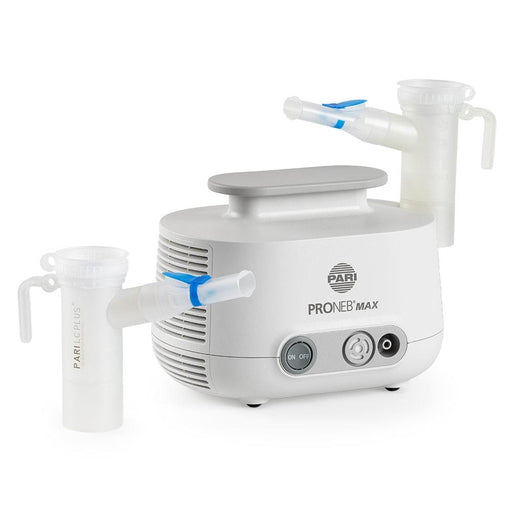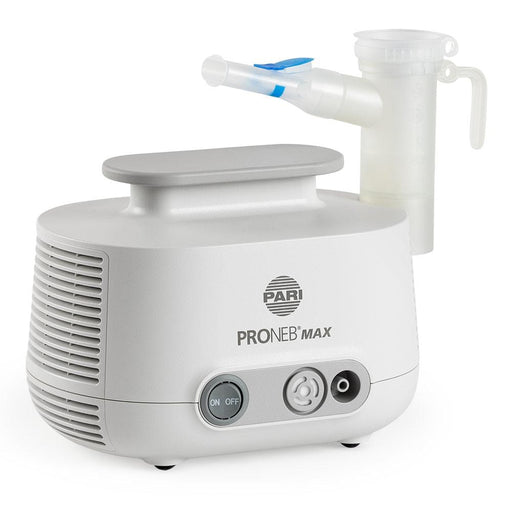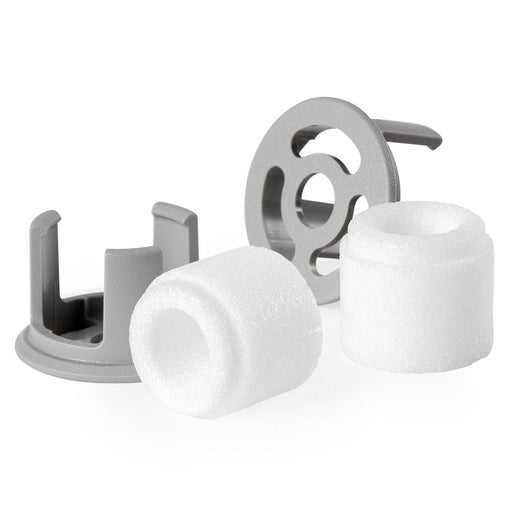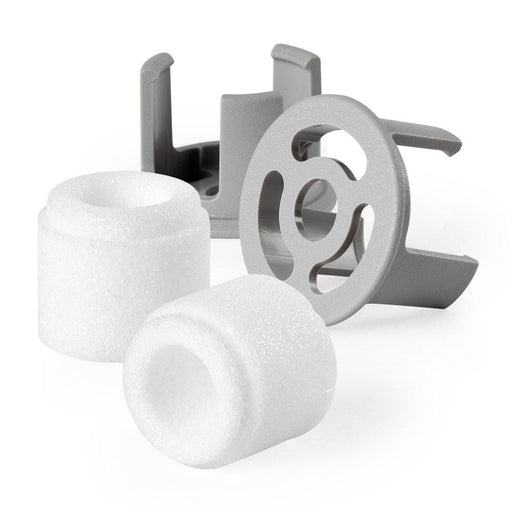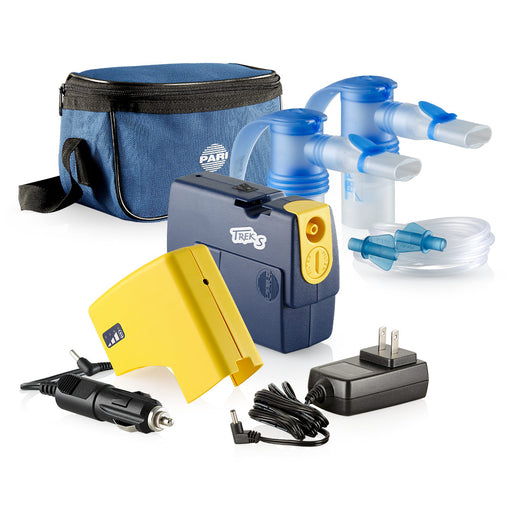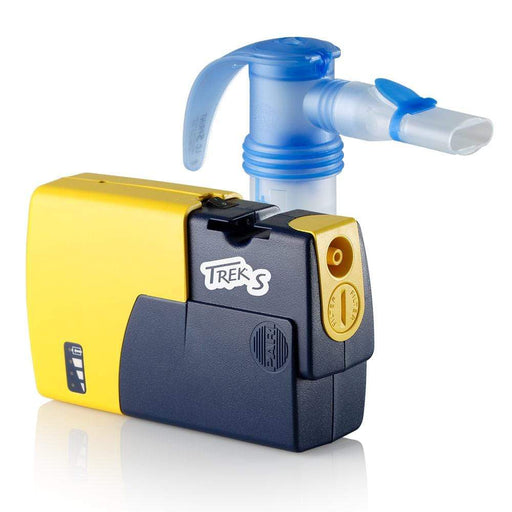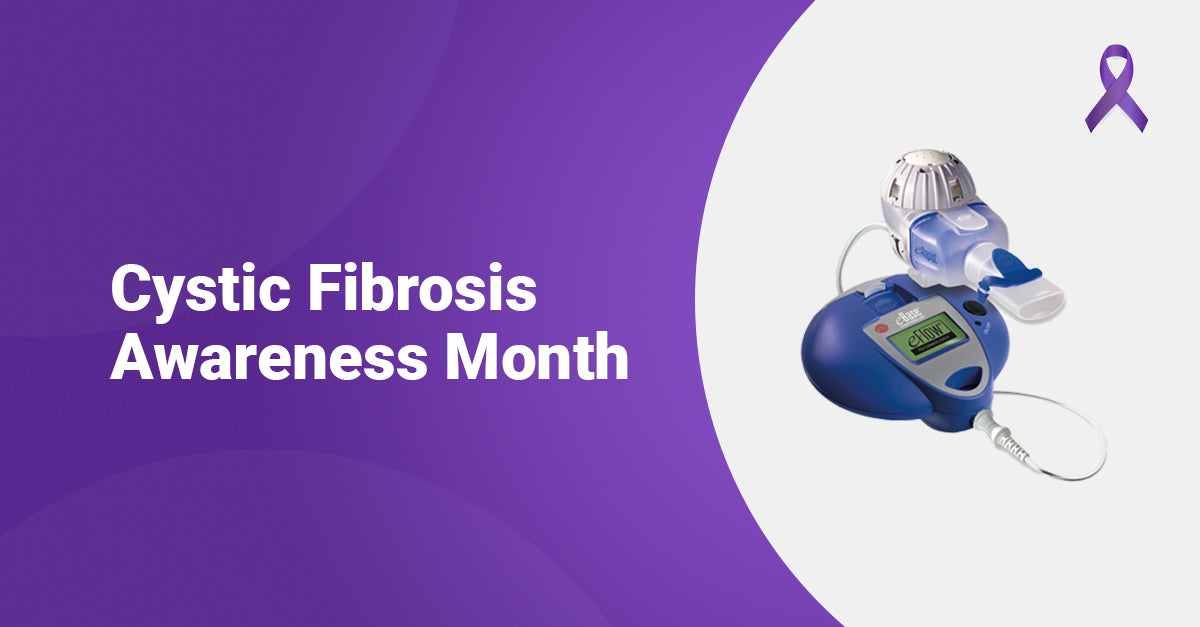
Cystic Fibrosis Awareness Month
May is Cystic Fibrosis Awareness Month, which makes it the perfect time to review the newest developments, studies, and treatments for this rare respiratory disease. Despite decades of work by dedicated and capable medical researchers and scientists, there is currently no cure for cystic fibrosis (CF). However, there have been several advancements in our understanding of CF and many promising treatments have emerged.
Nebology is honoring Cystic Fibrosis Awareness Month by spreading awareness about CF and encouraging others to do the same. Learn more about CF, new findings, and treatments here!
What Is Cystic Fibrosis Awareness Month?
Cystic Fibrosis Awareness Month encourages the sharing of information about CF. About 35,000 people in the United States have this progressive genetic disease that affects the mucus and sweat glands causing recurring lung infections that impairs breathing.
CF develops as the result of mutations in the gene that produces the cystic fibrosis transmembrane conductance regulator (CFTR) protein. Both parents must be a carrier of these defective genes for a child to have cystic fibrosis. If both parents are carriers, the fetus has a 25% risk of developing CF. The most common cystic fibrosis mutation, known as the F508del mutation, removes one amino acid from the CFTR protein. Without this amino acid, the important protein cannot maintain its 3D shape. This F508del mutation accounts for 90% of the population with CF.
Significant advances in the management of cystic fibrosis in recent decades have dramatically changed the prognosis of this serious disease. Once considered an exclusively pediatric disease (because of the high mortality rate of children), CF has gradually become a disease of adults. The median age of survival was six years in the 1960s, however, as of 2010, the median age was 37 years with an average increase of about 1.8% each year. The estimated median survival age now is nearly 50 years.
How to Raise Awareness About CF During Cystic Fibrosis Month
There are many ways clinicians can raise awareness about CF during Cystic Fibrosis Awareness Month. People with CF and their families should also raise awareness to help others understand more about this rare disease. Clinicians, patients, and organizations can:
- Share facts about CF on social media.
- Participate in a walk, virtually or in person.
- Set their profile picture on Facebook and other social media platforms to an awareness photo.
- Create a t-shirt campaign and donate the funds to research and organizations.
- Share their own cystic fibrosis story.
- Learn about new treatments.
What’s New in Cystic Fibrosis?
Telehealth for CF Care Delivery Is Well-Accepted and Feasible
Telehealth has been around since the late 1950s when Nebraska Psychiatric Institute and Norfolk State Hospital established a closed-circuit television link to perform psychiatric consultations. Telehealth was widely used during the COVID-19 pandemic.
Researchers from Boston Children’s Hospital and Brigham and Women’s Hospital recently surveyed clinicians at seven CF programs in the United States about their experience using telehealth as part of their cystic fibrosis care model during the pandemic. Of the 80 clinicians that completed the survey, 63 completed a follow-up survey. In the initial and follow-up assessments, 86% and 89% respectively reported satisfaction, and 58% and 57% said telehealth had a positive impact on clinician-patient relationships. In both the initial and follow-up survey, 56% said telehealth improved efficiency.
Telehealth provides many benefits for people with CF by reducing travel and interruption to daily life, and a lower risk of cross-infection. These conveniences may allow for more frequent assessment. Telehealth also provides a means for further patient education with a click of a button and may allow for home-based CFTR function monitoring. The addition of artificial intelligence (AI) could enable result analysis to detect the earliest signs of a pulmonary exacerbation.
New Testing for Cystic Fibrosis
Due largely to the evolution of diagnostic techniques, the understanding of genetics and mechanisms of CF has greatly improved. Hospitals in many countries now screen newborns for CF, including newborns who do not show any signs of the disease. The sweat chloride test is the gold standard for diagnosing cystic fibrosis.
Nebulizer Treatments
Nebulization will always be integral in the daily therapeutic management of CF. As researchers continue to develop new ways to treat CF, these treatments will likely be delivered with a nebulizer system similar to the most advanced devices currently in use.
A jet nebulizer is also particularly useful in the delivery of several CF drugs, including mucolytics and hypertonic saline, which make mucus less sticky and easier to cough up. Jet nebulizers are especially useful in the treatment of CF, as they can deliver formulations that cannot be introduced to the lungs with dry powder inhalers (DPIs) and pressurized metered-dose inhalers (pMDIs). Because of these features, jet nebulizers remain an important component for CF treatment in the future.
Mesh nebulizers will also be important in the years ahead. They deliver treatments quickly and efficiently. Mesh nebulizers are used to deliver various inhaled medications; an investigational device is in clinical trials for inhaled alpha1-antitrypsin, which protects the lungs from excessive free elastase (an enzyme that stimulates the secretion of mucus in the lungs). The global demand for mesh nebulizers is rising as a result of the growing prevalence of COPD.
Today’s clinicians rely on the nebulizing devices from Nebology, a trusted provider of clinically proven nebulizer systems for respiratory treatments. Nebology is here to help clinicians, families, and organizations raise awareness about CF during Cystic Fibrosis Awareness Month. To learn more about our nebulizer systems, contact our team.
SHOP CLINICALLY PROVEN NEBULIZER SYSTEMS & SUPPLIES
-
PARI LC Adult Aerosol Mask with Pro-Vent Technology
Original price $5.00 - Original price $5.00Original price$5.00$5.00 - $5.00Current price $5.00In stockOriginal price $5.00 - Original price $5.00Original price$5.00$5.00 - $5.00Current price $5.00 -
PARI LC Sprint Reusable Nebulizer Cup & Tubing
Original price $14.95 - Original price $14.95Original price$14.95$14.95 - $14.95Current price $14.95In stockOriginal price $14.95 - Original price $14.95Original price$14.95$14.95 - $14.95Current price $14.95 -
PARI LC Plus Reusable Nebulizer Cup & Tubing
Original price $14.95 - Original price $14.95Original price$14.95$14.95 - $14.95Current price $14.95In stockOriginal price $14.95 - Original price $14.95Original price$14.95$14.95 - $14.95Current price $14.95 -
PARI Trek S Portable Nebulizer System with LC Sprint
Original price $79.00 - Original price $185.00Original price$79.00 - $185.00$79.00 - $185.00Current price $79.00In stockOriginal price $79.00 - Original price $185.00Original price$79.00 - $185.00$79.00 - $185.00Current price $79.00 -
Filters for PARI Vios, Ultra II, and Trek S System - 2 Per Package
Original price $8.45 - Original price $8.45Original price$8.45$8.45 - $8.45Current price $8.45In stockOriginal price $8.45 - Original price $8.45Original price$8.45$8.45 - $8.45Current price $8.45 -
PARI Wing Tip Tubing
Original price $7.00 - Original price $7.00Original price$7.00$7.00 - $7.00Current price $7.00In stockOriginal price $7.00 - Original price $7.00Original price$7.00$7.00 - $7.00Current price $7.00 -
PARI PRONEB Max Nebulizer System with LC Sprint
Original price $99.00Original price $99.00 - Original price $99.00Original price $99.00Current price $81.99$81.99 - $81.99Current price $81.99In stockOriginal price $99.00Original price $99.00 - Original price $99.00Original price $99.00Current price $81.99$81.99 - $81.99Current price $81.99Sale -
PARI PRONEB Max Nebulizer System with LC Plus
Original price $99.00Original price $99.00 - Original price $99.00Original price $99.00Current price $81.99$81.99 - $81.99Current price $81.99In stockOriginal price $99.00Original price $99.00 - Original price $99.00Original price $99.00Current price $81.99$81.99 - $81.99Current price $81.99Sale -
Filters for PARI PRONEB Max System - 2 Per Package
Original price $9.00 - Original price $9.00Original price$9.00$9.00 - $9.00Current price $9.00In stockOriginal price $9.00 - Original price $9.00Original price$9.00$9.00 - $9.00Current price $9.00 -
PARI Trek S Portable Nebulizer System with LC Sprint & Battery Pack
Original price $185.00 - Original price $185.00Original price$185.00$185.00 - $185.00Current price $185.00In stockOriginal price $185.00 - Original price $185.00Original price$185.00$185.00 - $185.00Current price $185.00

